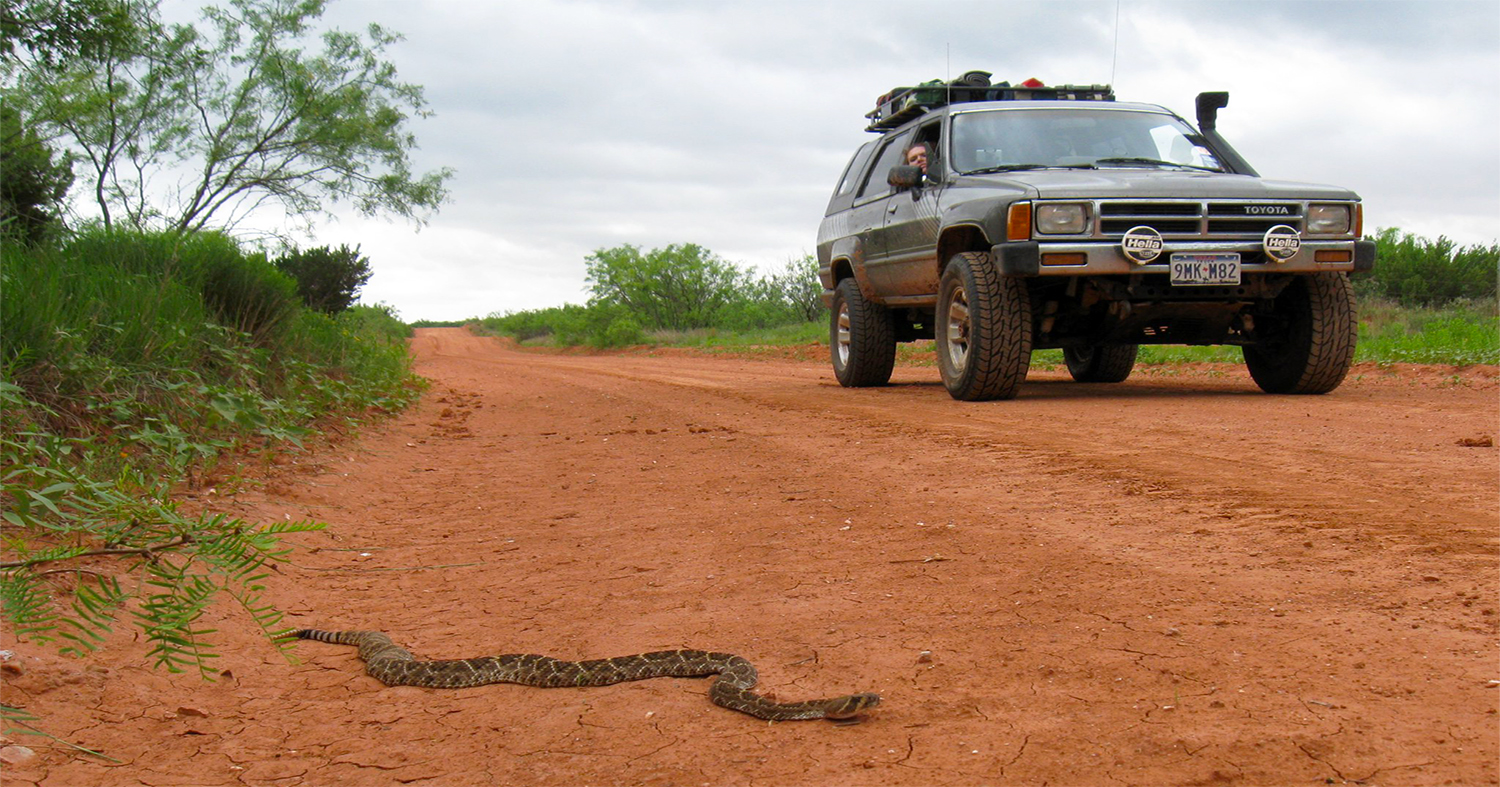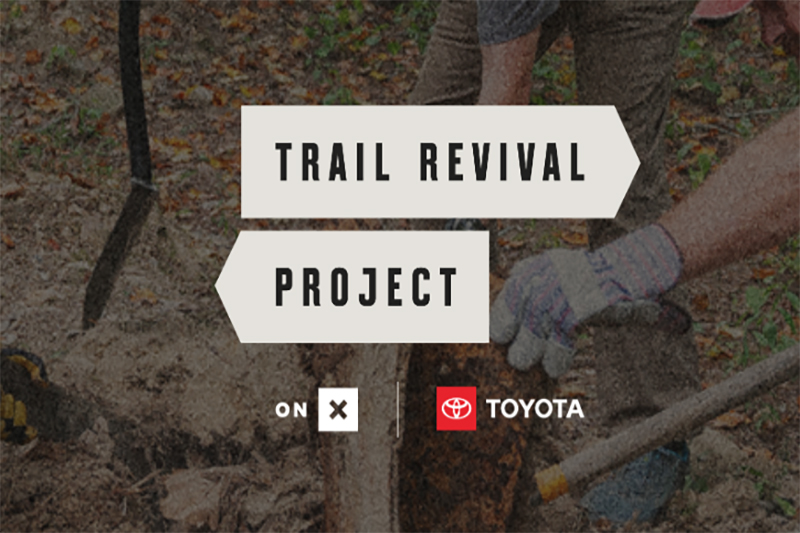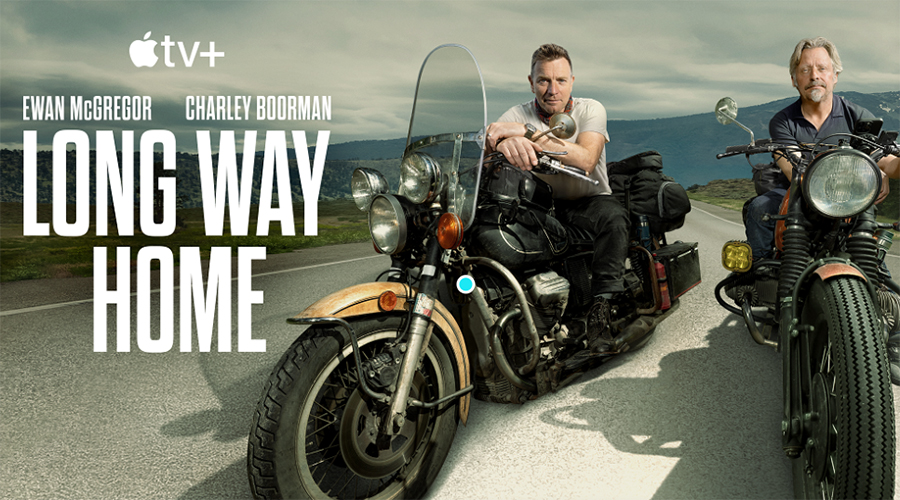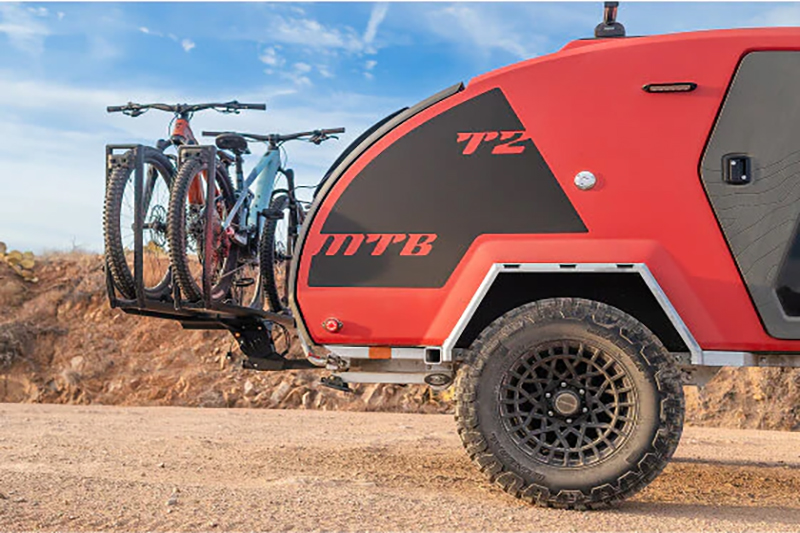Assessing the scene and your environment is critical to ensure you’re not a victim of circumstance while exploring outdoors
Regardless of their level of training, all medical professionals and rescuers learn, early on, the importance of situational awareness and assessing the scene before intervening in rescue or patient care. This is an equally important concept when rendering first aid, and I cannot over-emphasize its importance for your own well-being and that of the person you are helping. Our instinct is to rush in to help, but the scene and the environment must first be assessed to ensure our own safety and that of the victim.
Scene assessment:
Before assisting an injured victim, it is very important to take a look around the scene and assess for any ongoing risks not only to the victim, but also to you as you render aid. You must also consider the risk versus the benefit of intervening; in some cases, it may simply be too dangerous. Take a deep breath and survey the scene, assessing possible dangers before taking action. Voice them aloud so that other potential rescuers become aware of them.

You must also be aware of the potential risks of the physical environment. Is the victim on an unstable cliff edge, in the middle of a busy road or pinned under an unstable vehicle roll-over? Are they exposed to extreme heat or cold? How might the environment potentially harm you as you render aid? In the case of a snake bite or animal attack, is the creature still lurking? If a victim was burned, has the burning stopped? An accident or injury scene is very fluid and may change rapidly; thus, scene assessment must be ongoing throughout the incident.
It is also critical to assess what resources or equipment may be needed to effectively render aid. If the victim is severely injured or entrapped, consider calling for help early on. If in the backcountry away from cell service, send someone immediately to call for help. You may have to leave the victim to get help yourself. If you do not have the proper skills, training and equipment, you may be better off simply reassuring the victim, supporting their airway, breathing and circulation if possible and waiting for professional help to arrive. If you cannot render aid, it is very helpful to gather information and provide this to the rescuers when they arrive. This may often be the case, especially in situations like an unstable vehicle rollover, swift water, or a high fall while hiking or climbing.
Environmental assessment:
Environmental assessment is part of scene assessment but we risk missing things if it’s not considered separately. For example, if a cyclist or motorcyclist crashes on the asphalt in the summer, the extreme temperature of the asphalt can cause severe burns, dehydration and hyperthermia. With contact burns, the burning process continues not only until the heat is removed, but also until the area is cooled.
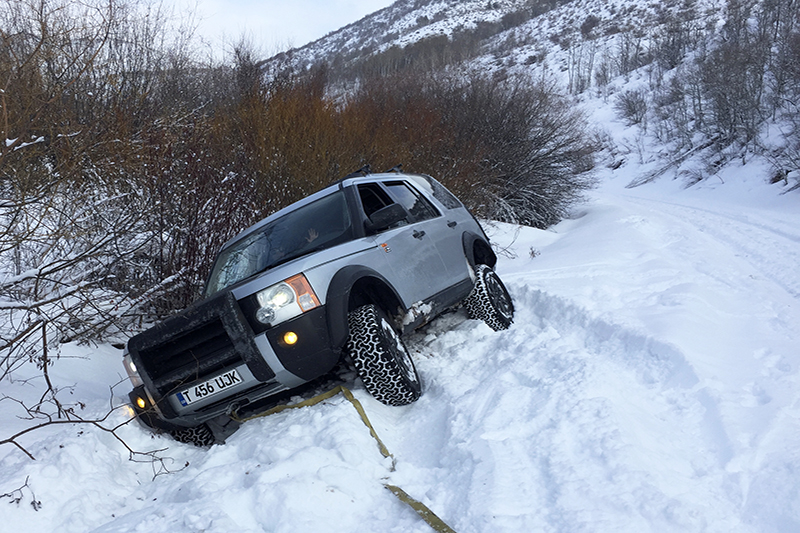
Conversely, someone injured in a cold environment, exposed to cold mountain water or drowning, will rapidly become hypothermic. In crush injuries, the longer the victim or their body part is compressed, the more severe the damage to tissues and, eventually, systemic insult and toxicity will occur. This is seen in situations such as avalanches, someone pinned in a vehicle rollover, or a climber wedged between two rocks. Victims may also be exposed to toxic fumes or gases, as seen in propane or carbon monoxide exposure from portable heaters, cave or spelunking incidents and vehicle accidents.
When rendering aid, you must become aware and stay aware of the situation and environment, assess and reassess the scene, help when you can, stay back when you can’t, and always call for help. Become first aid or EMT-trained. Most importantly, don’t become a victim.
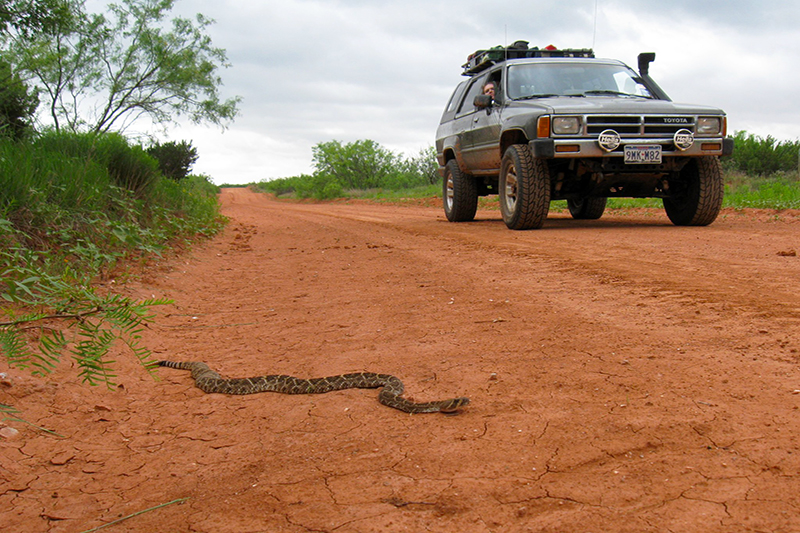
About the author:
Originally from Uruguay, Fernando emigrated to the U.S. at a young age. He has always loved adventure travel and has traveled for many years in his Sportsmobile camper van, Land Rover, or on his BMW R1200 GSA. Fernando enjoys most outdoor activities and is an avid skier, mountain biker and hiker. He has a passion for medicine and currently works as an Emergency Medicine PA in Salt Lake City, Utah, where he has spent a majority of his healthcare career.
Fernando has done international medical service work and for many years has worked with underserved and homeless populations. He previously worked as a respiratory therapist and had a very rewarding career as a firefighter/paramedic and fire captain. Fernando is passionate about teaching, has taught emergency medicine courses for over 20 years, holds a Master of Public Health with a focus in Global Medicine and Health, and was on the faculty of Westminster College in Utah, where he taught graduate Public Health classes.
OutdoorX4 Magazine – Promoting responsible vehicle-based adventure travel and outdoors adventure


